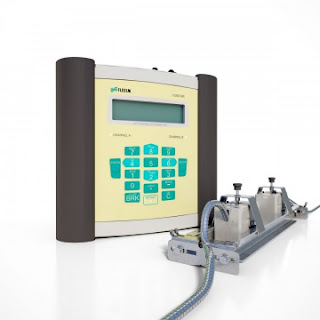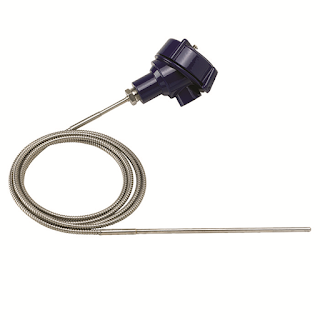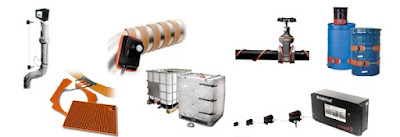 |
| Portable Ultrasonic Flow Meter Flexim |
Ultrasonic flow measurement uses several methods for determining the average velocity of a fluid. One of those methods employs the difference in the transit times of ultrasonic pulses travelling with the flow direction and against the flow direction. The flow velocity of the media will offset the transit times between the flow and counterflow measurements. The measured difference in transit times can be used to determine average flow velocity and, with additional processing, mass flow.
Ultrasonic flow meters are accurate and provide repeatable results, making them suitable for custody transfer operations, as well as many other process control applications. Little maintenance is required and the units have no moving parts. Measurement instruments are available with in-line or clamp-on mounting, providing a high level of installation and application flexibility.
The short video below provides a clear explanation of how transit time difference measurement works. Share your flow measurement challenges and requirements with a product application expert, combining your process knowledge with their product expertise to develop effective solutions.



